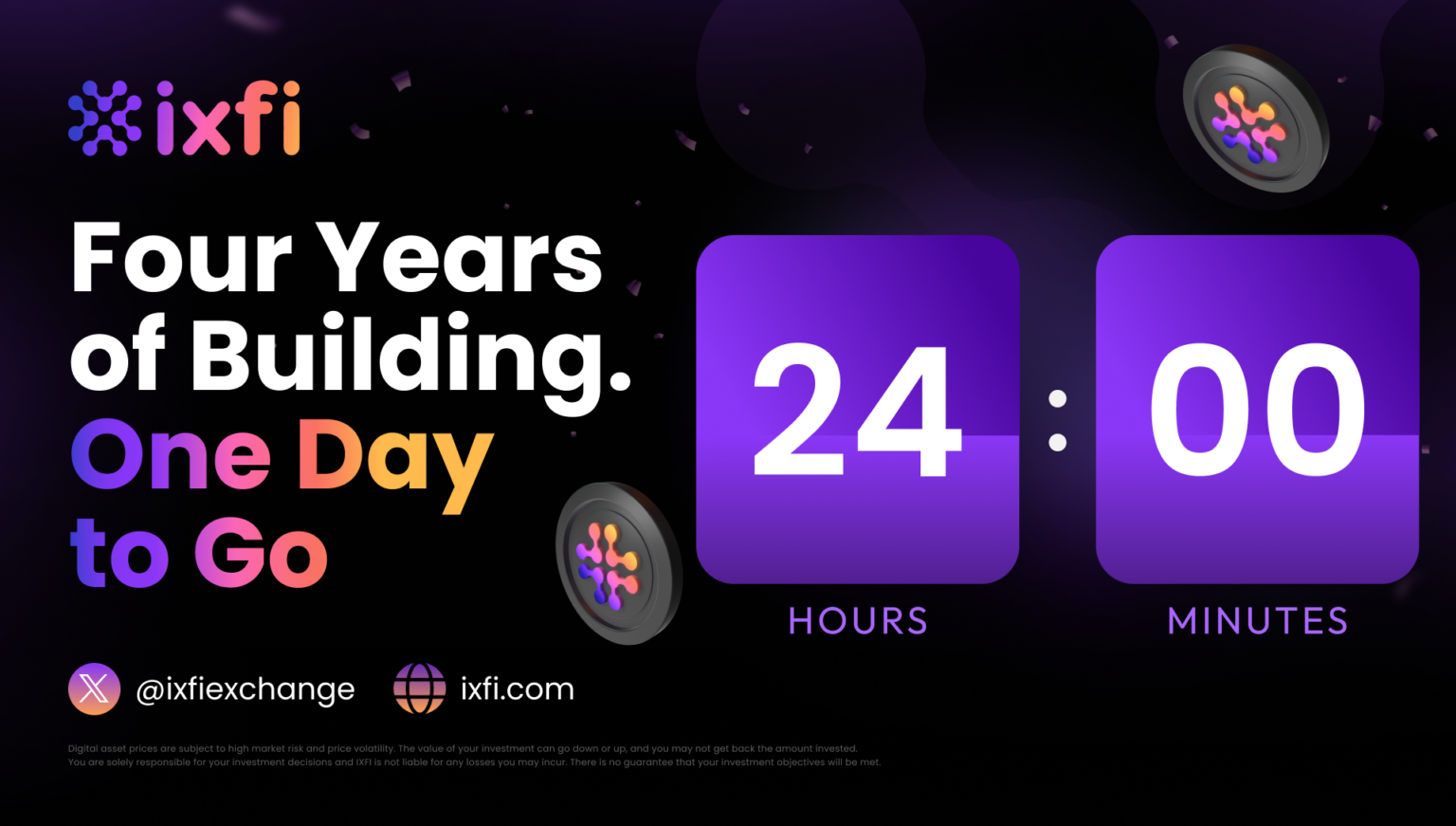Binance is a large cryptocurrency exchange, where you can find currency pairs with very high trading volumes and an impeccable reputation. Although the cryptocurrency world is unregulated and prone to hacking and cyber attacks, exchanges like Binance have no room for mistrust. The company was opened in 2017 by Changpeng Zhao, a well-known IT expert who was involved in creating software and devices for high-frequency trading before establishing the exchange platform. The exchange platform also has its own Blockchain, called BNB Chain, with a native coin using the same name, which currently withstands as one of the most substantial coins in the market.
About the Binance Blockchain
Binance has a history and development similar to Ethereum, its main rival, the network of which the original BNB coin was developed when it first appeared. Two years later, the coins were moved to their native Blockchain when the Binance Chain officially appeared. Still, the problems continued to arise due to the rapid growth and development of the decentralized finance area, which they had to keep up with. In 2020, the Binance Smart Chain, known as BSC, emerged as a solution to existing problems in the network, which at the time revolved around the well-known trilemma – scalability, interoperability, and security. It now has its own independent and individual ecosystem, like many other major networks in the market.
What is Binance Smart Chain?
Binance created the Binance Smart Chain specifically to cover technical needs that did not originally exist in Binance Chain, as it still had some limited functionality. BSC represented the solution to the original network’s inflexibility by improving the Blockchain’s programmability. Although the technology used in distributed systems enjoys some of this hype, it is still in its infancy, and a few years ago, it was felt that once a network was formed – it could not be modified or improved.
BSC came up with the Proof of Stake consensus mechanism, where validators that approve transactions must have a certain amount of coins staked for the safety of the network. Through Proof of Stake, transactions settle much faster, with much lower energy consumption than Proof of Work consensus. Binance Smart Chain was connected to Binance Chain, thus forming what we know today simply as BNB Chain.
One of the most essential improvements in the market at the time was Smart Contracts, which could not have been implemented on the original network due to technical limitations it had. Smart Contracts are automated and “robotic” contracts that automatically execute when certain conditions are met, being immutable and impossible to change once the order is sent. This represents an innovation that gives users much more freedom and security when it comes to Blockchain transactions – and with the help of Smart Contracts, they can build decentralized applications.
What are the features and benefits of the BNB Chain?
Because the BNB Chain was formed from the merger of Binance Smart Chain and Binance Chain, it meets both capabilities: an open-source Blockchain with multiple data chains, wholly decentralized and without permissions. The whole organization resembles a Decentralized Autonomous Organization (otherwise known as DAO), where BNB coins are symbols of governance, and with the help of staked coins – decisions are voted and applied.
Given the new technical possibilities brought once with the merger, the new version of the Blockchain can contribute to large-scale, decentralized applications known as dApps, that bring together fans of cryptocurrencies, NFTs’, and the Metaverse world, without necessarily excluding crypto-social networks that may appear in the future.
Therefore, the new features of the BNB Chain make it possible to scale and grow the network, taking into account the increase of validators. One of the coolest consequences of the technological improvements of the original Binance Chain is the expansion of the network through its interoperable capabilities, to one cross-chain and multi-chain.
If we want to extend the functionality of crypto beyond finance or user-to-user cryptocurrency transactions – to other components of our digital lives, the network must focus on users’ needs and should be able to operate multi-chain. Such a technology can be understood as having more data partitions than before, which would increase speed, interoperability, and scalability. Many other Blockchains of the market were created specifically to solve this trilemma, which BNB seems to cover.
Anyone can be an investor. On a global scale, crypto remains a relatively young asset class with an investor base that’s still growing. At IXFI, we’re building a community where everyone is welcome. We mean it when we say that anyone can be an investor. Try it for yourself; join Your Friendly Crypto Exchange today and see where you fit in.
Disclaimer: The content of this article is not investment advice and does not constitute an offer or solicitation to offer or recommendation of any investment product. It is for general purposes only and does not consider your individual needs, investment objectives, and specific financial and fiscal circumstances.
Although the material contained in this article was prepared based on information from public and private sources that IXFI believes to be reliable, no representation, warranty, or undertaking, stated or implied, is given as to the accuracy of the information contained herein. IXFI expressly disclaims any liability for the accuracy and completeness of the information contained in this article.
Investment involves risk; any ideas or strategies discussed herein should, therefore, not be undertaken by any individual without prior consultation with a financial professional to assess whether the ideas or techniques discussed are suitable to you based on your personal economic and fiscal objectives, needs, and risk tolerance. IXFI disclaims any liability or loss incurred by anyone who acts on the information, ideas, or strategies discussed herein.



